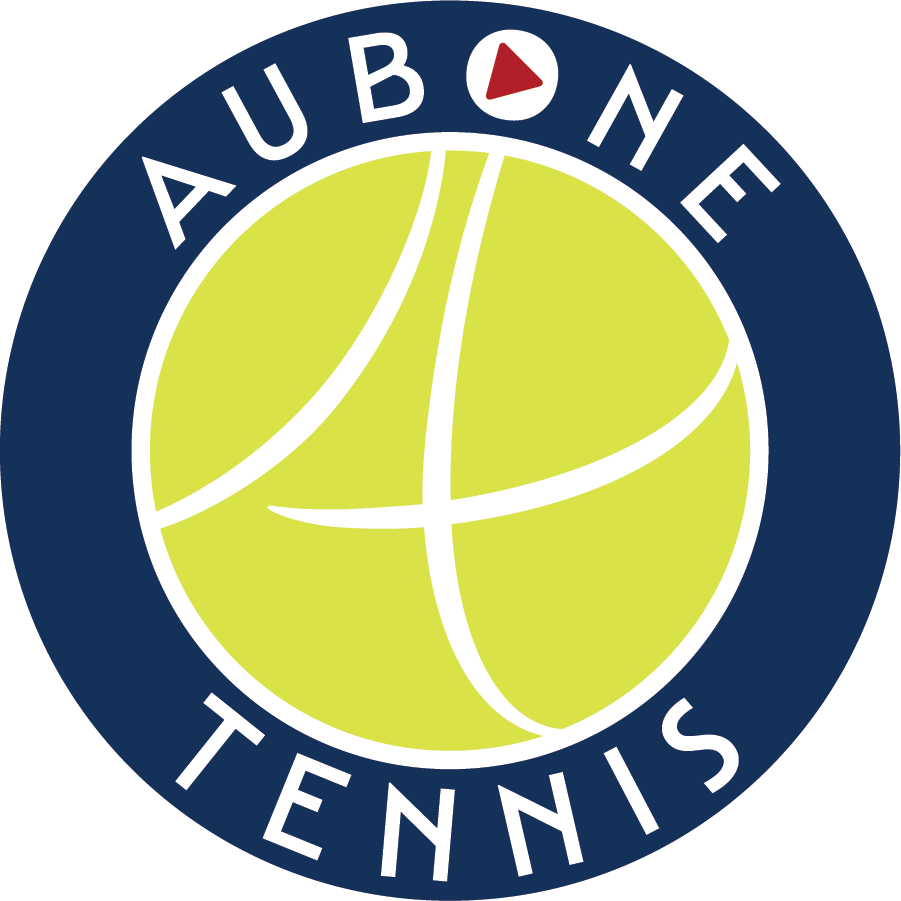4 Tips to Improve Your Recovery During Tennis Tournaments
Recovery has become one of the hottest topics in junior tennis talk over the last few years. With the implementation of doubles at so many events, kids are finding themselves consistently playing 3-4 matches a day. That’s a lot of tennis for young kids, especially in the summer.
Understandably so, I’ve heard of many players whose level of tennis drops precipitously towards the end of the tournament, right at the most important time to play one’s best tennis. Hopefully this blog can help players avoid that same fate, and instead play their best tennis when it really counts.
Preparation 3 months in advance
If you want to recover well during a tournament, you have to be in your best shape possible. There’s no special tip I can give you that will overcome low fitness levels. Perfect nutrition, ice baths, quality sleep, protein shakes, and anything else will simply delay your eventual energy drop.
If you want your recovery in-between matches to improve, you have to improve the quality of work you’re putting in 3 MONTHS in advance. Yes, months. And if you compound that over time, you’re recovery in 1-2 years from now will be off the charts.
Make sure that the work you' put in is actually tougher than what you’ll be going through on match day. Every single professional tennis player will say that their training is harder than their match play. That’s why they recover so well.
So calculate how much time you’re spending on the court during tournaments, and train that same amount a few days a week. It doesn’t have to be everyday, but it does have to be some of the days.
Also, you have to train at the same intensity you would in a match. If you train at 60% of your intensity, but then give full effort during a match, your body won’t hold up. It' won’t be used to the workload you’re now putting in during the tournamnet.
Finally, you have to move on the court more than you would in a match. And that’s a big problem for kids. They train too much in a half court setting because there are too many kids on a court. They need more time on a full court, so they can simulate the work they’ll be experiencing during a match.
Hydration 3 days before your first match
Once you’ve locked down a training environment that is tougher than what you’ll experience during a tournament, start hydrating 3 days before your first match. Many people start hydrating the night before, which is better than nothing, but it really starts a few days in advance.
Just be careful hydrating too much before going to bed. You’ll more than likely wake up a few times to use the restroom. That will ruin your quality of sleep. Start hydrating from the moment you wake up, until about 4-6pm. Then only drink liquids as needed so you can maintain your quality of sleep.
Ice baths
They’re painful, but they work.
Ice baths help reduce inflammation and muscle soreness, allowing for an increase in short term recovery. Get about 3 bags of ice, fill up the bathtub, and jump on in. Set the timer to 15 minutes. The first 2-3 minutes are the toughest, but once you get through that, your body will adapt, and you’ll cruise right through.
Just have some socks ready just in case your toes get too cold.
Protein shakes
Many players struggle to recover well because they don’t replace the calories they burned during competition. A big part of that is because it’s hard to eat when we’re done playing! We don’t feel the hunger yet, so we don’t want to eat.
Protein shakes solve that issue.
Drink a protein shake within the first 15 minutes of being done with all your matches. Can you wait up for 45 minutes? Yes, but the positive effects on recovery start to drop off after 15 minutes.
Have that protein powder and a bottle in your bag so you’ll never forget it. You’ll probably have to test out a few different ones to see which flavor you enjoy, and which one sits well with your stomach. Usually it’s the ones that have the 7 million ingredients that people struggle with. Just find one that works for you, and put it in your tennis bag!
————————————-
Other beneficial tips include:
Stretching
Slow bike ride or jog for 20 minutes (helps reduce lactic acid build up)
Laying on a couch or bed and having your feet lifted (helps circulate the blood flow through your legs for better recovery)
Massages
A minimum of 8 hours of quality sleep
Replacing the calories you burned
Don’t play doubles. If you can’t create a training environment that replicates the hours you’ll spend on court during a tournament, don’t make it more difficult by also playing doubles.
If I had to say which tip is the most important one I’d focus on, it’s the preparation 3 months out. The proper training will have a bigger impact on your recovery than if you were to do all the other tips. The body can only fake it so long. At some point, it collapses down to the level of our training.
Is 3 months the magic number though? No. To be in your best shape ever you need multiple years of training, but 3 months will get you to a great place. 1-2 months will get you started, but they’re not as good as 3. And 3 is not as good as 4. And so on and so on it goes.
So start training! And then start implementing all the other stuff to get the most bang for your buck.
